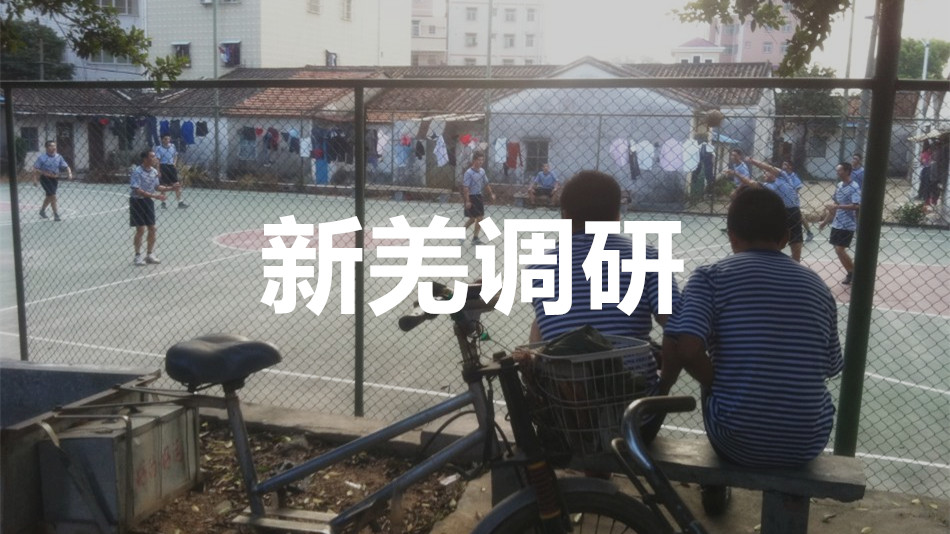Xinqiang

[Research of Xinqiang Community] Notes of Research on Marginal Village in Shenzhen
May 25, 2012 11:29In order to enhance the land use potential in communities, to entitle residents to the fruits of urban development, and promote community harmony, Urban Planning, Land and Resources Commission of Shenzhen Municipality decided that the theme of community planners this year was “improve the quality of living environmen by reforming the land management system”. Xinqiang Community of Guangming New District (formerly a state-owned overseas Chinese farm) has drawn wide attention as a typical example of the unbalanced development of marginal communities amid Shenzhen’s rapid development. On March 9th, Huang Weiwen, Vice Chief Urban Planner of Urban Planning, Land and Resources Commission of Shenzhen Municipality, accompanied by Mr. Ma, staff of Design Center and Chen Chang of the Guangming Administration, conducted a field investigation at Xinqiang Community. During the research, Design Center kept following up the development of Xinqiang Community, and strove to build a cooperation platform by gathering scholars in various fields and volunteers and encouraging suggestions for regional development.

[Research of Xinqiang Community] News Reports: Approaching Xinqiang—Observation on Planning Transformation of a Marginal Community in Shenzhen
June 19, 2012 00:27Perhaps out of geopolitical reasons, Xinqiang Community has been left behind the explosive development of Shenzhen in the past 30s years. Its poverty and underdeveloped condition can be fully demonstrated by problems like much slower development in various aspects, a severe shortage of infrastructures and a high proportion of low-income households reaching 1/3 of the total.
From the point of urban planning, the difficulties of Xinqiang are more than these. The first is the complexity of the land situation, i.e. the unclear range of lands excluded from expropriation, extremely intricate ownership and usage of compensated land, unplanned land, publicized unsold land, controversial land, land with ground attachments compensated and capital farmland and other tricky problems. What's more, almost 90% of the land in the Community has been included in the essential area of protecting ecology, which means development space is rather limited.